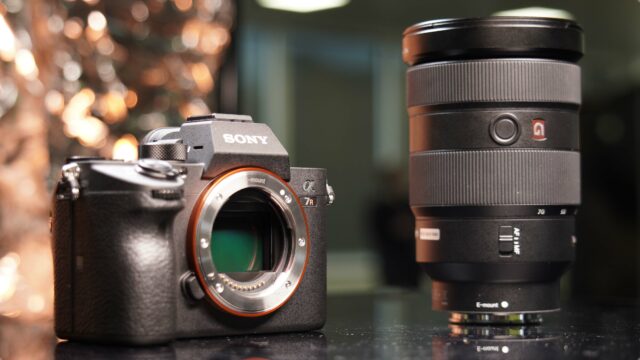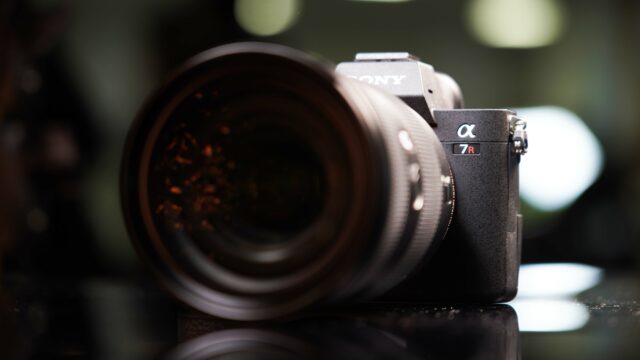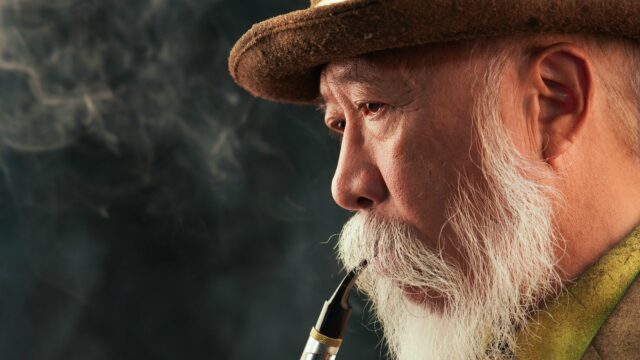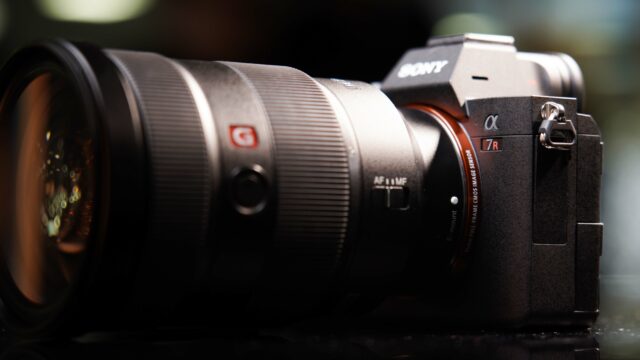Sony a7R III – Sample Footage and First Look Interview
The new Sony a7R III was announced yesterday during a well-coordinated world event, and cinema5D and other chosen media representatives were invited to hear all about the new camera and lenses, see some pre-produced footage and – most importantly – play with it for just a little bit in order to get a feeling and impression of Sony’s new creation.
Sony a7R III – Body and Size
Just prior to the event, I took the time to make a short interview with Sony’s Yann Salmon-Legagneur in order to get a better idea of what to expect. My conclusion after that short talk was that we are witnessing more of an evolution then a revolution, but this is fair enough. It is also interesting to see that Sony is slowly but surely moving away from the old a7xx body size in favour of manufacturing a larger body with a better hand grip and room to accommodate a stronger and larger battery – a much-needed improvement to drive all those power-consuming functions.
HLG and HDR
Among other improvements, photographers will enjoy a higher RAW bit depth (14 bit) and higher continuous shooting due to an increased buffer. For us moviemakers, Sony added an HLG (Hyper Log Gamma) picture profile so that HDR (High Dynamic Range) content can be filmed with extended clarity and beauty. Unlike the 3D flop, HDR is steadily catching up as more camera and display manufacturers incorporate it at affordable prices. If you’ve had the chance to watch some HDR content, you know how vivid and life-like it can seem. That said, for the short time I spent with the camera I decided to shoot in Slog 2 as Adobe Premiere does not yet support the HDR-flagged signal, meaning that although editing the footage would have been possible, exporting and uploading it to YouTube (for example) to watch in HDR would not have been.
Autofocus
Next on the list of improvements is the autofocus system. From first hand experience, I can say it is definitely working better that from what I’ve experienced so far with any other camera in the a7xxx family. It is fast, looks reliable and, most importantly, changing focus between objects in your frame is a breeze now with the addition of the small joystick at the back of the camera.
EVF
The EVF on the Sony a7R III has also been improved, as it is now fitted with the same higher-resolution one found on the Sony a9. I am happy to report that manual focusing has indeed become easier with the new EVF.
Internal stabilization
When it comes to the improved 5-axis stabilizing system, I’m not quite convinced yet. One of the reasons might be that I simply did not have a wide enough lens to try it with. It worked well when shooting with a telephoto lens, but more experimenting is needed.
Proxy recording
While shooting, I noticed a little “PX” mark next to the XAVC-S 4K 25p icon in the viewfinder. It took me a few minutes to find what it was, but it turns out it is now possible to simultaneously record proxy files for easier editing on slower machines, and “PX” indicates that the feature is activated.
SD card slots & simultaneous recording
The Sony a7R III is equipped with two SD cards slots but it seems like only photographers can enjoy this feature for now. I truly hope that the day will come when stills cameras that shoot high-quality video will implement this feature for the benefit of the video user. Relay recording and simultaneous backup while shooting is very much needed.
EDIT (October 30th):
We received feedback from Sony that it is indeed possible to record a backup simultaneously on card B while shooting on card A. That means that card A can be set to record 4K with proxies, and the same for card B at the same time. Also, it now has a relay feature for movie recording, meaning that the recording goes on on the other card, if one of the cards becomes full.
USB: data transfer and power supply
Last but not least, the new camera now incorporates 2 USB input/outputs. One of them is for fast data transfer (USB 3.1) and the other can serve to charge your camera from a computer or external battery pack.
Lens
The long-awaited Sony 24-105mm f/4 lens was also presented at the event. This specific focal length range is good enough for most run & gun uses, although I would personally appreciate a second wide-angle lens in order to comfortably work when DP’ing on documentaries. My first impression from using the lens is positive, as it is is sharp, easy to focus with both manually and in autofocus mode, is not so heavy and is silent. In my upcoming a7R III review, I will try to work with this lens as much as possible and report back with my findings.
5-year warranty in Europe (paragraph added on October 30th)
Sony informed us that people who preorder the a7R III in Europe will get a 5-year warranty with their purchase.
Conclusion
There is no doubt that the Sony a7R III is an advanced shooting device, but its unveiling left me with two main questions:
- Is it worth the upgrade from a Sony a7R II or a7S II?
- Could the Sony a7S III that we all anticipate prove to be a better fit for us videographers?
The answer to the first question really depends on the type of projects you shoot and the equipment you use. If you’re a photographer who occasionally shoots a few video clips, there is no doubt that the combined new high-end photo and video features found in the Sony a7R III are very appealing, especially as Sony is constantly adding good-quality glass to its line-up. If your work is mainly shooting videos, then I don’t have a clear answer just yet, but I’ll have a clearer idea after putting the camera through its paces.
In regards to the question of a possible a7S III… Well, this is the million-dollar question. My assumption is that, at some point, Sony will have to differentiate between the two lines because the market today is not what it was 2 or 3 years ago when the advantage was so clearly in favour of Sony. I think that an upgrade should always be motivated because of at least one irresistible feature that could greatly contribute to your workflow. HDR recording is nice to have (although it is yet to be proven how good it is in an 8-bit environment), but for me personally, 10-bit recording and an internal ND filter might be a good reason to wait just a little longer, in the hopes that these kind of features will eventually make an appearance.
Music for the above video: Binary Love – Broken Radios (find it on artlist.io HERE)
Full disclosure: Johnnie and other media representatives were guests at Sony Europe’ a7R III launch event in London, England. Sony paid transport and accommodation for this one-day trip, but there was no other payment involved whatsoever.






























